

Konami’s Metal Gear Solid franchise holds a special place in my heart. Not just because of Hideo Kojima’s creative mind and skill for producing complicated, adaptable, and eerily self-aware games, but because of the ways in which the series works to shatter gender stereotypes.
Admittedly, the previous statement might strike some as a bit of a reach. Metal Gear Solid titles have long been perceived outwardly (and often immediately) as masculine for their war environments, male protagonists, and sexualized themes.
But I’d argue time and again that they serve as positive reinforcement for women just as much as for men. It just requires a bit of additional study.
It was 1999 when I first took up the gruff-voiced, nicotine-addicted mantle of Metal Gear Solid’s Solid Snake. I was eight years old. And, while some of the more subtle and sexual undertones of the game escaped me until my first full play through as an adult more than a decade later, I felt empowered from the start.
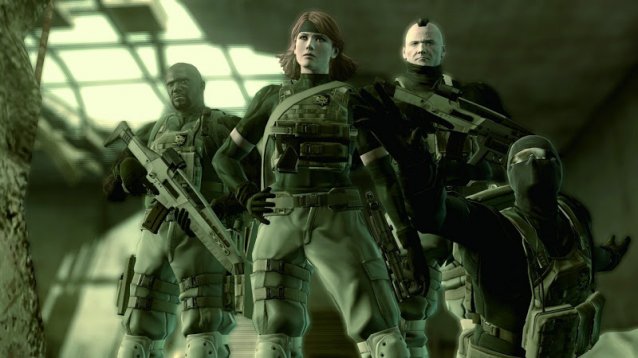
Something I wouldn’t realize until later was that this empowerment wasn’t the product of shedding my own skin for Snake’s but was instead due to the ways in which the carefully crafted cast interacted with one another. Even at eight, Meryl Silverburgh, Naomi Hunter and Sniper Wolf struck me as unique secondary characters.
All three are women defined by their gender without being imprisoned by it. In their field of work (war), their role as women is misinterpreted by men and then offset – if not completely overshadowed – by their skillset.
This is displayed most noticeably in interactions between characters such as Johnny Sasaki, Solid Snake and Meryl. Near the beginning of the game, we witness Meryl’s escape from the prison cell she’s being held in for refusing to take part in FOXHOUND’s rebellion.
Her plan isn’t a particularly strategic one: she makes a ruckus until Johnny, a seemingly unimportant (and dimwitted) guard who becomes a recurring character throughout the series, unlocks the cell door. She then overpowers him, steals his clothes and radio, and leaves him unconscious on the cold prison block floor.
What this somewhat comedic scene illustrates so well is that men often erroneously underestimate women based off of gender. Johnny, who had already categorized Meryl as a “crush” or a mere object of lust, felt that an attractive woman couldn’t be a threat. So he surrendered his position of power and unlocked her prison cell. And Meryl, a soldier and the daughter of a colonel, replied by doing what any soldier would do given the situation.
This scene repeats itself later in the game when the player, as Solid Snake, follows a disguised Meryl into the women’s restroom. Upon entering the room, cut-scene Snake takes over and finds himself swiftly out-stealthed by a girl.
The dialogue that follows is nothing short of corny flirtation between the two. Meryl paints herself as youthful and naïve – and, thus, a flawed and more interesting character – which is not missed by Snake, who takes the opportunity to compliment Meryl’s assets. While Snake’s lewd praise is a touch distasteful, given the circumstance and her own developing feelings, Meryl moves past it.
My love for Metal Gear Solid doesn’t stem from the fact that the women of the series are perfect. As I said, Meryl is naïve. She is also brash and emotional. But, in a display of gender equality, the men of the series are oftentimes just as naïve, brash, emotional or in possession of even worse imperfections.
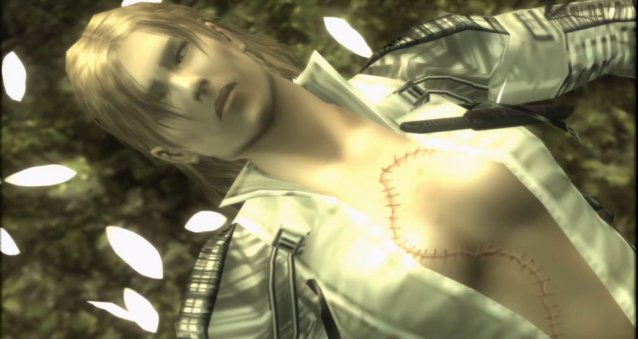
And, in a testament to Kojima’s ability as a storyteller, the player sees positive changes in Meryl from Metal Gear Solid to Metal Gear Solid IV; she becomes more fully actualized, outgrowing the established character flaws that are unnecessary to her survival and learning to accept and embrace those that can’t be outgrown.
Similar (yet completely different) character growth is present in Naomi Hunter’s storyline. In both Metal Gear Solid and Metal Gear Solid IV, Naomi is a brilliant scientist who accepts the powers of her mind and her sexuality. Using her body and her wit to her advantage, she flirts with Snake and even seduces his best friend and sidekick, Otacon.
Naomi also plays the role of double-crosser on more than one occasion, and she plays the role well. Initially, I found Naomi’s character unsettling and unlikeable due to her deceptive nature. However, as her backstory – and relationships with Frank Jaeger, Big Boss, and the Twin Snakes – was revealed, she became complex enough to appreciate.
Not only that, but having forgiven Otacon for his relationship with his step-mother and role in the death of his father, Solid Snake for his resistance to intimacy, Revolver Ocelot for his generally annoying behavior in Snake Eater, and Metal Gear Solid II’s Raiden for a number of ill-timed existential crises, meant that I would be holding Naomi to unfair (and sexist) standards if I couldn’t accept her flaws.
Naomi’s demise and attempted redemption in Metal Gear Solid IV was made all the more poignant by a handful of seemingly unnecessary scenes with Sunny during chapter breaks. She was elevated from a woman capable of doing horrible deeds to a woman whose choices had been set in stone by her history, her intelligence and the environment she was brought up in.
She remained guilty of every treachery she’d ever committed (death, remorse and kindness to children doing nothing to lessen her crimes), but she exhibited a willingness to make amends, to forgive and to manipulate for the greater good.
Speaking on the strength of women and a necessity for manipulation brings to mind the archetype for strong women in the Metal Gear Solid universe: The Boss.
The Boss is a character so powerfully written, acted and illustrated that she almost threatens to overshadow Naked Snake (or Big Boss) and Solid Snake in my mind. Known as “The Mother of Special Forces,” she redefined martial leadership in the mid-1900s, an era more commonly known for female nurses and supply workers.
She also keeps the plot of Snake Eater moving, taking on a number of roles from the beginning to the completion of the game: she is mentor, mother, traitor, villain, victim and unsung hero. She cultivates and shakes off so many skins throughout the game that the codename of Snake suits her far better than it does John.
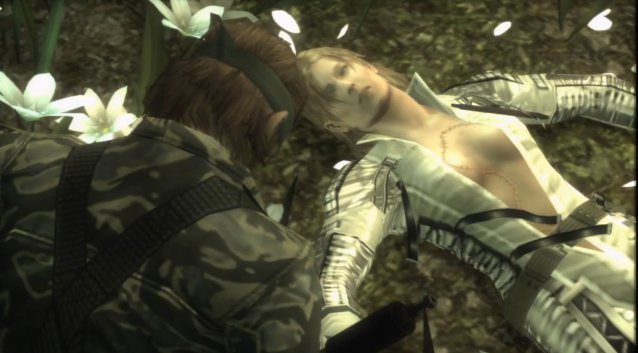
Key to my argument is that, while the muscled and war-hardened veteran seems far from the conventional depiction of feminine, The Boss succeeds as a character because she is a woman. She experiences love as a woman would – both as a lover and a mother – and her greatest weakness (or strength, depending on how you look at it) is her desire to protect the things she has helped to create, whether they be soldiers, sons or a nation at peace.
The Boss is maternal in the fact that she brings life as well as takes it, feminine in the way she is characterized as “Mother,” “Joy” and “Lady.” The game ends with her death at the hands of a son, Naked Snake, but her death is the very event that breathes life into his conflict and the events that follow from his branding as Big Boss to his defeat at the hands of Solid Snake and, finally, to the heartfelt scene over The Boss’s grave at the end of Metal Gear Solid IV.
The same character, conceived as a man, would have very likely failed to leave as large of an impact. And, without the ghost of The Boss driving the protagonists and the player, I’m not certain that the franchise would be the success that it is today.
With the multi-tiered, cloak-and-dagger announcement of Metal Gear Solid V: The Phantom Pain having played out and earned the attention of old and new fans alike, I can’t help but wonder what role female characters such as Paz and Quiet will play in further strengthening the presence of powerfully real women in the series.
And, while I’m prepared for more than a few perverted jokes and Easter Eggs, I hope that Kojima’s efforts to “expand and revolutionize the Metal Gear Solid franchise,” as stated in an official announcement at GDC in March, will leave female fans of the series just as gratified as their male counterparts.
Judging from the trailer, however, I wouldn’t recommend the game for eight-year-olds.

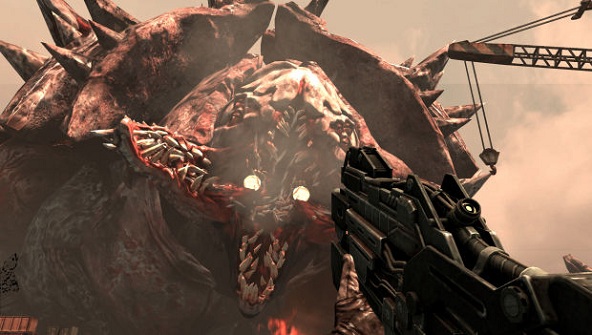

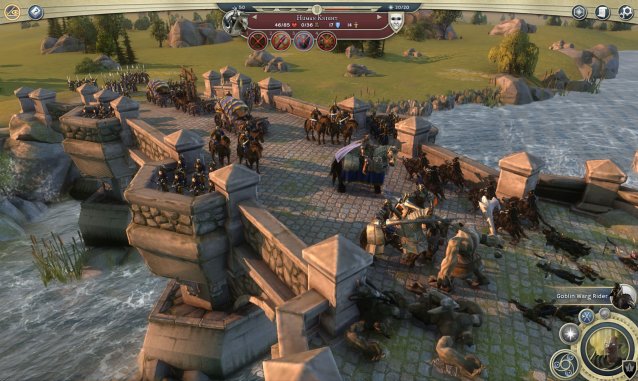
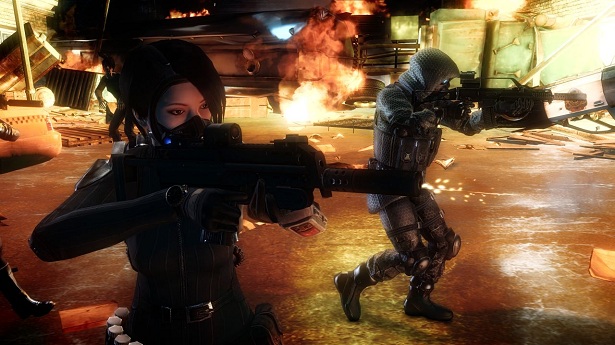 Resident Evil: Operation Raccoon City Walkthrough
Resident Evil: Operation Raccoon City Walkthrough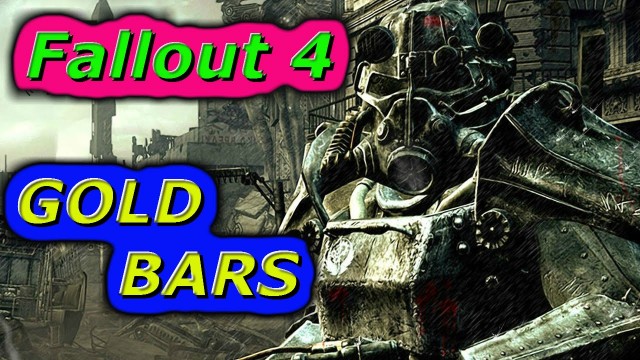 Fallout 4: Where to find Gold Bars Location Guide
Fallout 4: Where to find Gold Bars Location Guide 5 Ways To Make Sure You Get The Best Deals On Steam Games
5 Ways To Make Sure You Get The Best Deals On Steam Games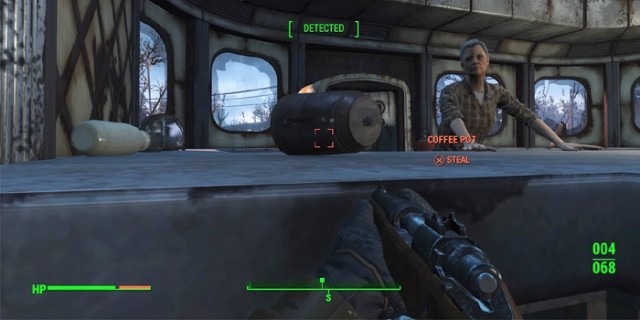 How to Steal like Pro without getting caught in Fallout 4
How to Steal like Pro without getting caught in Fallout 4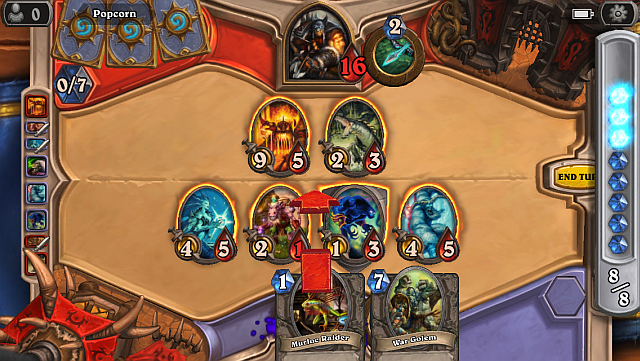 Hearthstone on iPhone is Finally Here! Should You Download It?
Hearthstone on iPhone is Finally Here! Should You Download It?